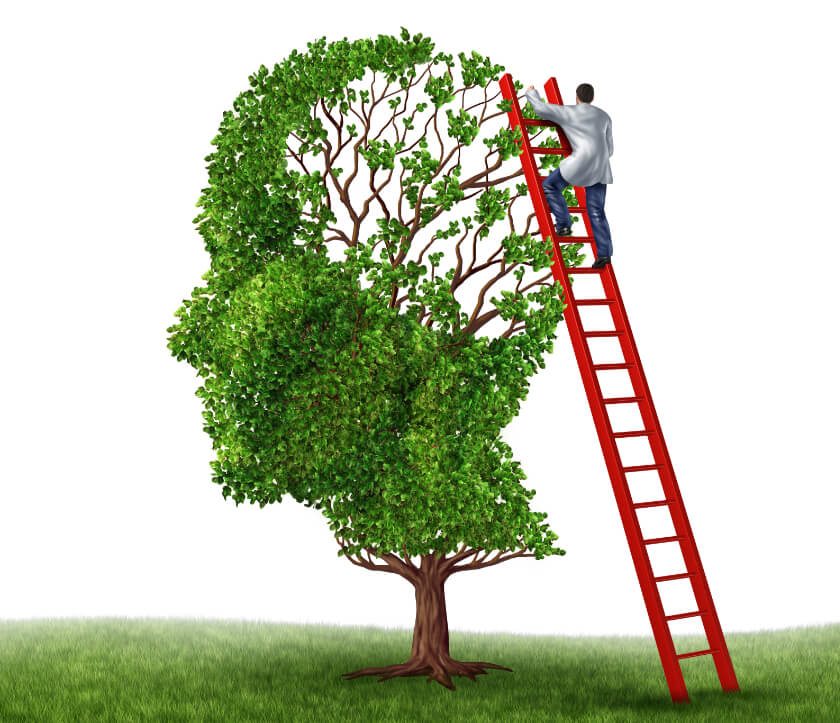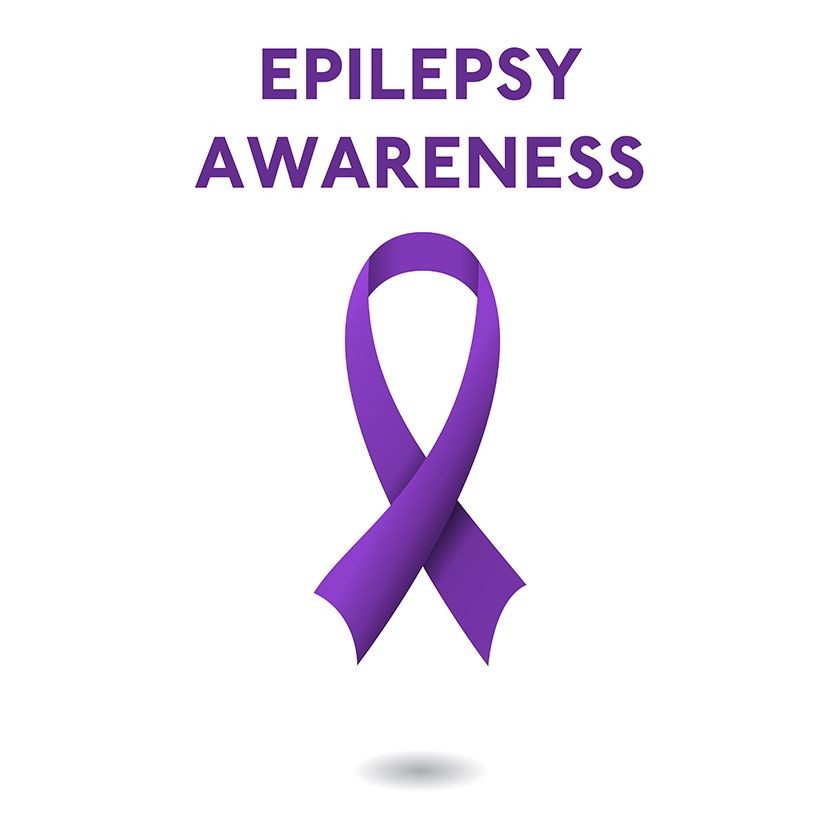
Brain Scans and Dementia – What do the Medical Tests Show?

Dementia is an umbrella term for a group of brain conditions that affect memory, thinking and social abilities severely enough to interfere with daily life. About 50 million people worldwide have dementia, according to the World Health Organization, and there are almost 10 million new cases each year. There are many different conditions under the umbrella term of dementia, and many different causes of dementia. Doctors use a number of tests, including brain scans, to help diagnose and potentially identify the causes of dementia.
Dementia causes a variety of symptoms that include memory loss, difficulty finding the right word, and getting lost while driving in a familiar area. Dementia can make it hard to handle complex tasks, plan or organize activities, and solve problems. It can also cause confusion, disorientation, personality changes, depression or anxiety, agitation, inappropriate behavior, paranoia and hallucinations.
The symptoms of dementia are the result of physical changes in the brain. Dementia is a progressive condition, which means the changes to the brain and the symptoms they cause will worsen over time. Symptoms will depend largely on the type of dementia, the areas of the brain affected, and the extent of changes in the brain.
Types of Dementia and their Effects on the Brain
Alzheimer’s disease is the most common cause of dementia, according to the Alzheimer’s Association, accounting for 60 to 80 percent of all cases. Researchers are still working to discover the exact cause of Alzheimer’s disease, but it may be due to an abnormal buildup of proteins that damage cells in the front and sides of the brain. The damage and eventual death of these brain cells, known as neurons, causes the affected areas of the brain to shrink.
Vascular dementia is the second most common type; it is the result of inadequate blood flow to the brain, a condition known as ischemia. This type of dementia can develop as a person ages, or as the result of a stroke or plaque buildup in the artery leading to the head.
Dementia with Lewy bodies is the result of protein deposits in neurons, which interrupt the messaging system in the brain to cause symptoms of dementia. Frontotemporal dementia is a group of dementias that affect the front and sides of the brain to cause problems with language and behavior. People with Parkinson’s disease often develop symptoms of dementia.
A number of conditions, such as strokes and tumors, can cause dementia. Brain scans can help pinpoint the underlying causes of a patient’s dementia. These scans can detect tumors and evidence of blood clots or bleeding associated with strokes, for example.
Many forms of dementia affect the outer layer of the brain, known as the cortex. Brain scans can show changes to the cortex in ways that can help doctors pinpoint the causes of dementia.
Degeneration of the outer cortex layer of the brain is common in many forms of dementia. This condition, known as cortical atrophy, may be visible on a brain scan. A healthy brain cortex looks quite wrinkled, with steep “valleys” of tissue separating ridges of tissue. In those with cortical atrophy, though, the loss of brain cells causes ridges to become thinner and the valleys to grow wider. As the neurons die, fluid-filled cavities in the middle of the brain expand to fill the available space, which makes the fluid-filled areas to become much larger than normal. Brain scans can detect and measure these fluid-filled areas to help doctors diagnose and assess dementia.
Brain atrophy, also known as cerebral atrophy, is a condition in which the brain cells get smaller in size. Brain atrophy can cause symptoms of dementia in patients with Parkinson’s disease; greater tissue shrinkage causes greater cognitive decline.
The Use of Brain Scans in Patients with Dementia
Brain scans can detect changes in brain structure and function associated with Alzheimer’s disease and other types of dementia.
Computed tomography (CT) scans and magnetic resonance imaging (MRI) are the most common types of brain scans. Doctors rely on CT and MRI brain scans when examining patients with suspected dementia. CT scans create x-ray images of structures within the brain and can show evidence of strokes and ischemia, brain atrophy, changes to the blood vessels and other problems that can bring about dementia. CT scans and MRI scans can show the loss of brain mass associated with Alzheimer’s disease and other types of dementia.
MRI scans can detect the same problems as CT scans can, but MRI scans are better for identifying some conditions, such as brain atrophy, damage from minor strokes, or subtle patterns of inadequate blood flow of ischemia. A 3 Tesla MRI is a special type of MRI that uses magnetic fields with double the strength of a traditional MRI, so that it creates highly detailed images of the brain in less time. Like traditional MRIs, 3 Tesla MRIs can help doctors look for signs of stroke, tumors and other causes of dementia.
For more information on dementia and the use of brain scans, consult with a doctor or radiologist.




